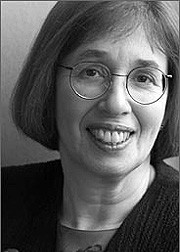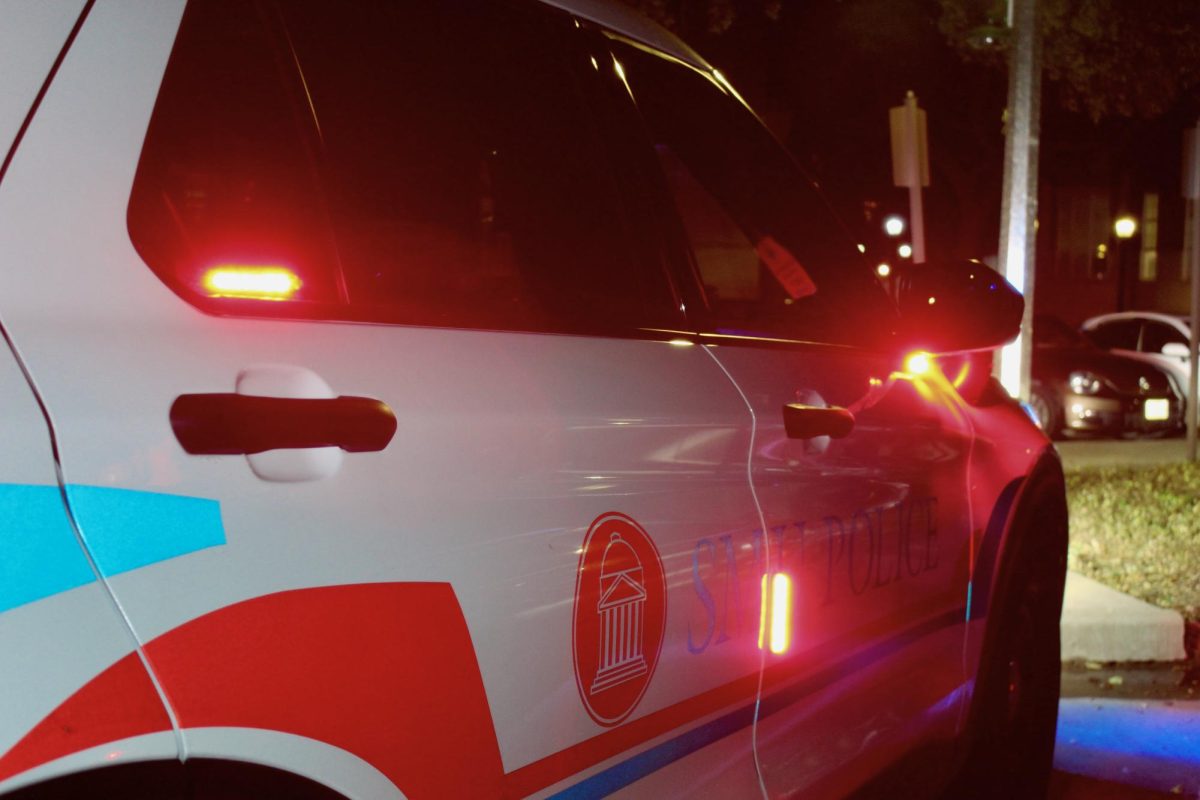
Greenhouse speaks on Supreme Court power
Linda Greenhouse spoke to approximately 150 students, lawyers and former justices on the increased powers of the Supreme Court and its history Thursday in the Hillcrest Room of the Underwood Law Library. She also spoke of her work as a noted correspondent.
“Congress is failing to resolve heated issues and routes them to the courts,” Greenhouse said. “This creates a heavy interpretation load, mostly on the courts who are trying to understand what the Congress wants from them.
Even after a decision is made in the courts on constitutionality, Congress continues to route the same types of cases to the judiciary system for a decision.
Maybe by the time the case comes up for a review, there could have been a turnover in the justices or a change of heart. At the same time, it keeps the issues alive for the politicians seeking votes, she said
Greenhouse is a Pulitzer Prize winning correspondent who began reporting for the New York Times in 1978. She has covered the Supreme Court since then, except for a brief period in the 1980s where she covered the Congress.
Her Pulitzer is for beat coverage in journalism, but she has also won prestigious law awards for her concise interpretations of the law.
She and Anthony Lewis were the first non-lawyers to win the American Law Institute’s Henry Friendly Medal.
“For 54 years, the Supreme Court did not overturn a decision once it had been reached in favor of the Congress, as a rule,” Greenhouse said. “In the 1990s the court began what is being referred to as a ‘new deal’ court system.
“The courts had always been differential to the congress. At that time, they began to reevaluate many of the decisions using the Marbury v. Madison case as a pedestal for their arguments that the congressional decisions were unconstitutional,” she said.
In 1803, the question was raised as to who was the ultimate authority on interpreting the Constitution. Former Chief Justice John Marshall ruled that it was the responsibility of the Supreme Court to interpret the constitution when a disagreement arose between the two powers since the United States does not have one supreme power.
“In 1995 the ‘new deal’ began to unravel. I believe this was the first year when Justice Rehnquist found that he had both the votes and support necessary for his goal of a truly constitutional court,” Greenhouse said. “Ginsberg once said that the courts had sent the Constitution into exile. It was Rehnquist’s goal to bring it back and judicial review was the horse it rode in on.”
Greenhouse explained that the courts decisions are based on established constitutional rule and precedent.
Once the Congress began routing issues like partial-birth abortion to the judiciary branch for a decision on constitutionality, more and more cases found themselves being placed on the dockets. This established a precedent that allowed the Supreme Court to step into matters that the original framers of the Constitution might have delegated to Congress, according to Greenhouse.
“One example of a case where the Court stepped into a Congressional decision was in the case of Gore v. Bush,” Greenhouse said. “They stepped in to make a decision before the Congress had a chance to take it to the back rooms and rule. I believe it was an attempt on their part to prevent or reduce the chaos being caused by the undecided election.”
Greenhouse said that in the 1960s, 22 decisions were overturned by the Court. In the 1970s there were 24 such decisions. In the 1980s there were 51 cases of this nature, but in the 1990s only 29 cases were overturned.
“The thing to remember about the 1990s,” Greenhouse said, “is that the caseload for argued cases was cut in half. There has been a definite precedent set. We can only speculate on the future.”












